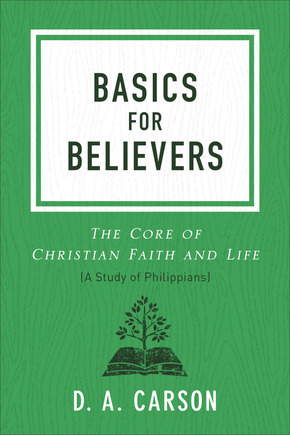 I have a stack of books from the summer that I plan to review here. Some I need to review as an obligation to Baker Books. But most are just great books that I want to pass on to other readers (that would be you!).
I have a stack of books from the summer that I plan to review here. Some I need to review as an obligation to Baker Books. But most are just great books that I want to pass on to other readers (that would be you!).
The latter is the case with Adoniram Judson: Devoted For Life, by Vance Christie. Christie has done a bang-up job presenting the life and ministry of Judson. I hadn’t read much on Judson before this book, and now I feel pretty familiar with him and his life. A small, well-researched and well-written biography did that. So kudos to Vance Christie for a work well done.
But a biography can only be as interesting and helpful as the subject of the biography. There is a reason no one is writing biographies on that angry guy who lives down the road and never has people over. Nothing to see here, folks, keep it moving.
Not so with Adoniram Judson. He lived an extraordinary life full of passion, sacrifice, and adventure. Judson was one of America’s first missionaries (there is a slight debate going as to whether he was America’s very first missionary, but who cares). He served for almost 40 years in Asia, mostly as a missionary to Burman people groups.
I think it would be fair to summarize Judson’s life with three words. Judson was convictional. He was devoted. And Judson suffered.
Convictional
On a sea voyage to Asia with his wife, Judson began to study what the Bible teaches about baptism. When his ship set sail, he was a Congregationalist and fully a pedobaptist (supporter of infant baptism). By the time his ship came into port 114-days later, Judson was a convinced credobaptist (only those who confess faith in Jesus should be baptized). And it was his read of the Bible that made the difference. Judson wrestled with the Scriptures and, in the end, he yielded to what he believed they teach. And that is why the first American missionary was a Baptist.
This is just one example of how convictional Judson lived, often at significant cost to himself. Becoming a credobaptist was a really big deal, requiring a restructuring of his missions support and resulting in many strained relationships back home. But Judson would submit to the Scriptures, no matter the cost. There is certainly a lesson to be learned in that, no matter what you think about baptism.
Devoted
The subtitle of the book is ‘Devoted for Life’ and that is because Judson believed that “the motto for every missionary, whether preacher, printer, or schoolmaster, ought to be ‘Devoted for Life.’” Granted, lots of eager missionary candidates talk like that, but Judson proved the motto with his life.
Judson once wrote, “I will not leave Burma until the cross of Christ is planted everywhere.” There were many, many times when leaving would have been far easier than staying, and when no one would have questioned him for quitting. But Judson stayed to keep planting the cross of Christ everywhere. Oh, what a challenge that is to me!
Suffered
To say Judson suffered feels almost trite. His entire ministry was marked by suffering. He knew prison, beatings, torture; he felt grief for children and spouses who died too early. In the end, Judson was widowed 3 times. He tasted rejection, poverty, and illness. His life and ministry were marked by acute suffering.
And yet, he never gave up. He trusted in God’s providence in his life and served him in suffering, rather than trying to escape it.
Interestingly, I read this book while enduring a very small trial which I can’t really call suffering. That little trial made me want to give up on ministry. Oh, how I was challenged and convicted by the life of Judson to persevere and to run the race and to suffer when God brings suffering!
Read This Book!
This is a worthy read. Life is so short, and we have only one shot at it. The life of Adoniram Judson is full of lessons that can help us do this life well. Lessons on running the race convictionally, lessons on living fully devoted to Jesus Christ, and lessons on suffering. Judson’s life was a good teacher. And would that we would be good students!
One last thing. In the church that I serve as pastor, almost every Sunday there are many refugees from Burma who attend the gatherings. Most are from the Karen people and grew up with Christian parents. They can trace their Christian heritage right back to a man who sailed away from America’s shore in 1812 and devoted his life to planting the cross of Christ everywhere in Burma. In fact, many bring their Judson Bibles to church with them.
Let us praise God for the life and legacy of Adoniram Judson. And resolve to not waste our own lives. Order your copy of Adoniram Judson: Devoted for Life at Amazon.com.




